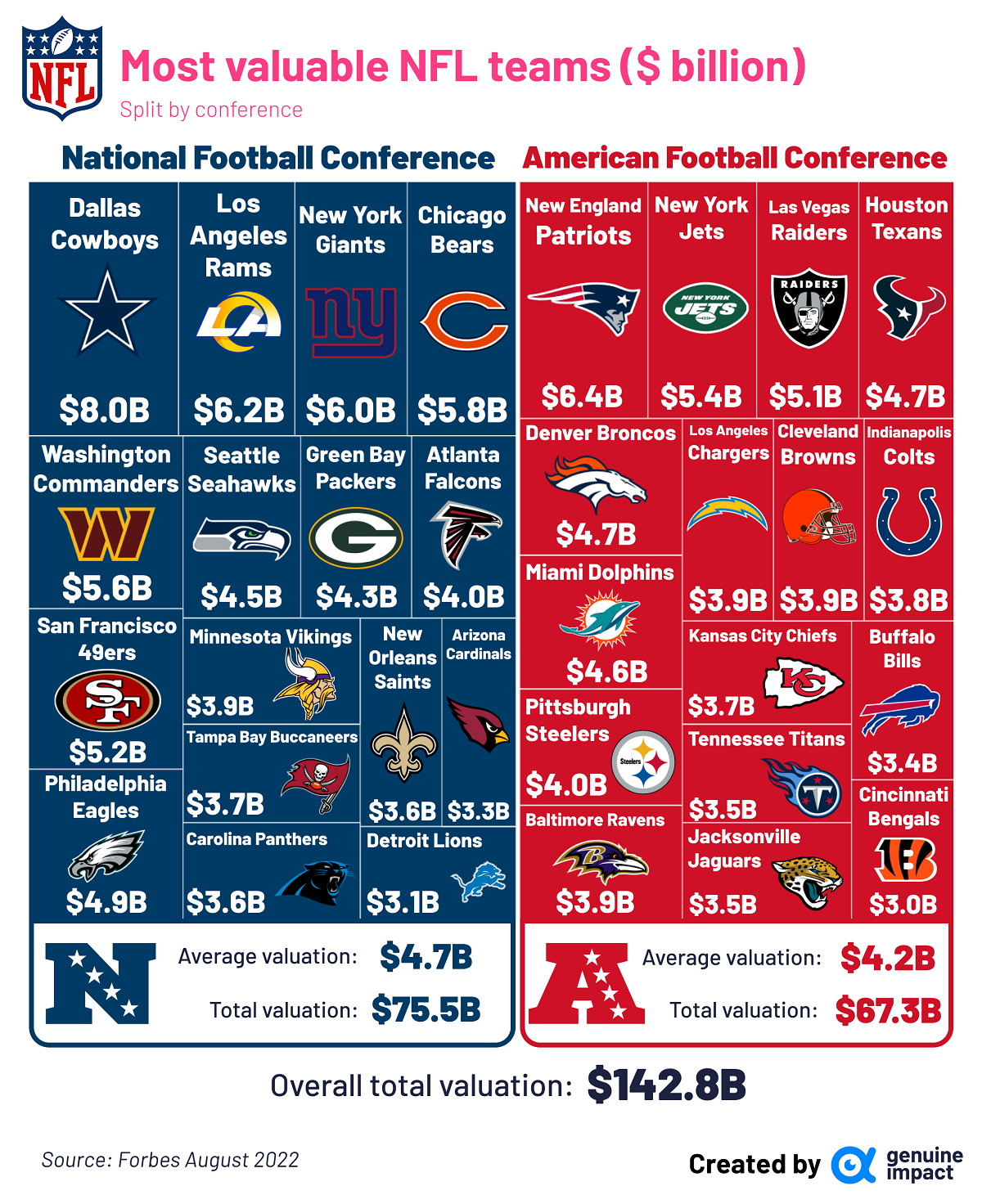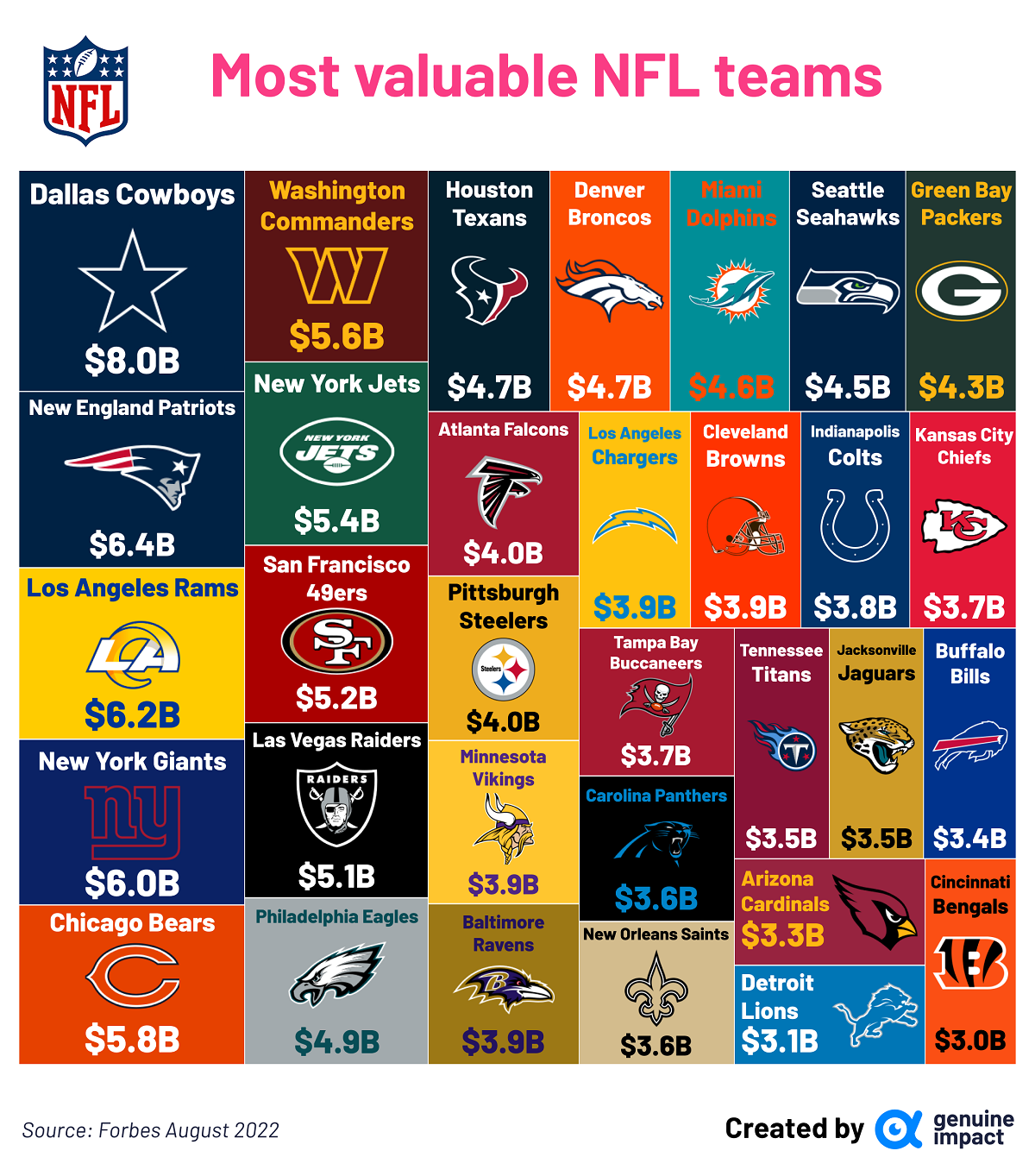Have you ever wondered about the money side of football, like which team actually makes the most cash? It's a fascinating question, too it's almost, as the sport isn't just about what happens on the pitch. While the text you provided offers interesting details about the Club de Golf Santa Anita in Mexico, and the evolution of the eFootball™ game series from Winning Eleven, it doesn't quite give us the specific financial figures for real-world football club profitability. So, let's explore the financial landscape of top football clubs, focusing on how they actually make their money and what truly drives their success off the field.
Figuring out which football team is the most profitable can be a bit tricky, you know, because it's not always just about who brings in the most money. Profitability is about what's left after all the expenses are paid, and that can change a lot from one year to the next. It means looking at things like player wages, transfer fees, and running costs, alongside all the income streams.
People are often curious about the financial giants of football, and for good reason. These clubs are huge businesses, with global reach and massive fan bases. Understanding their financial models helps us see why some teams consistently perform well, or how they manage to sign those big-name players. It's a complex picture, really, with many moving parts.
Table of Contents
- Understanding Profitability in Football
- Key Revenue Streams for Football Clubs
- Major Cost Factors for Football Clubs
- Who Are the Contenders for Most Profitable?
- Factors Influencing Profitability
- Frequently Asked Questions About Football Club Finances
Understanding Profitability in Football
When we talk about which football team is the most profitable, we're looking beyond just how much money comes in. Profitability is the amount of money a business has left after paying all its bills, so it's a very different measure from just revenue. A club might bring in a huge amount of money, but if its expenses, like player salaries or stadium upkeep, are even higher, then it might not be profitable at all. In fact, many big clubs sometimes operate at a loss, especially if they are investing heavily in new players or infrastructure, that is something to consider.
The financial health of a football club is often discussed in terms of revenue, but true success in business means making a profit. This means managing costs really well, as well as finding new ways to make money. It's a delicate balance, you know, especially in a sport where competition for talent and trophies is so intense. Clubs constantly try to find that sweet spot between spending to win and keeping a healthy financial standing.
Key Revenue Streams for Football Clubs
Football clubs, especially the big ones, have several main ways they bring in money. These streams are pretty consistent across the top leagues, though the exact amounts can vary a lot, you see. Understanding these income sources helps us figure out how clubs build their financial power and, consequently, their potential for making a profit.
Matchday Earnings
This includes money from ticket sales, hospitality packages, and even food and drink sold at the stadium on game days. For clubs with large, modern stadiums and loyal fan bases, this can be a significant chunk of their income, arguably. A packed stadium for every home game means a steady flow of cash, and it's something every club aims for.
Some clubs, particularly those in leagues with high attendance figures, really excel here. They might have premium seating options or special events that boost these earnings even further. It's not just about the match itself; it's the whole experience, so.
Broadcasting Rights
This is, for many top clubs, the biggest source of income. Leagues sell the rights to show their games on TV and online platforms, and a portion of that money goes to the individual clubs. The more popular the league and the more successful the club within that league, the bigger their share of this pie. It's a massive deal, truly, especially with global audiences growing.
The English Premier League, for instance, has some of the most lucrative broadcasting deals in the world, which helps its clubs bring in a lot of money. This revenue stream is pretty stable, you know, as long as the league remains popular and competitive. It provides a solid financial foundation for many teams, helping them cover their costs.
Commercial Deals and Sponsorships
This category covers everything from shirt sponsors and kit manufacturers to stadium naming rights and merchandise sales. Global brands like Real Madrid, Manchester United, or Bayern Munich have huge appeal, which allows them to sign incredibly valuable commercial agreements. These deals can be worth hundreds of millions over several years, basically.
Selling club merchandise, like jerseys, scarves, and other fan gear, also falls into this area. Clubs with a strong global fan base can generate significant income from these sales, reaching supporters all over the world. It’s a way for fans to feel connected, and for clubs to make money, too, it's almost like a win-win.
Player Trading
Buying and selling players can be a huge part of a club's financial strategy, and it’s a bit of a gamble sometimes. Clubs might buy young talent, develop them, and then sell them for a much higher price. This can generate significant profit, but it also carries risks, obviously. A player might not perform as expected, or their value might drop due to injury, you know.
Some clubs are particularly known for their ability to scout and develop talent, turning promising young players into highly valuable assets. This model can be very profitable if done well, but it requires smart decisions and a bit of luck, in a way. It’s a key part of the modern football business, you see, and can really impact the bottom line.
Major Cost Factors for Football Clubs
Just as important as understanding how clubs make money is knowing where their money goes. The biggest expenses for most football teams are pretty straightforward, but they can add up very quickly, you know. Managing these costs effectively is key to actually making a profit, not just a lot of money coming in.
Player wages are, by far, the largest expense for almost every top football club. Star players command incredibly high salaries, and even squad players earn significant amounts. These costs can easily eat up a huge percentage of a club's total revenue, which is why managing the wage bill is so important. It’s a constant balancing act, basically, between attracting top talent and staying financially sensible.
Transfer fees are another massive outgoing. When a club buys a player from another team, they pay a transfer fee, which can be tens or even hundreds of millions of pounds. These fees are often paid in installments over several years, but they still represent a significant financial commitment. It’s an investment, really, in the hope that the new player will bring success on the pitch and perhaps increase the club's value or future earnings.
Operating costs also add up. This includes everything from stadium maintenance and utility bills to travel expenses for away games, staff salaries (for coaches, medical teams, administrative staff), and youth academy development. These are the day-to-day expenses that keep the club running, you know. While not as flashy as player wages, they are absolutely necessary and can be quite substantial, especially for large organizations.
Who Are the Contenders for Most Profitable?
While I can't give you exact figures for the most profitable team right this moment, as those numbers change annually and are often revealed in financial reports, we can talk about the clubs that consistently rank high in terms of revenue and often manage to turn a good profit. These are typically the global giants, the ones with massive brand recognition and consistent success on the field, which really helps their financial standing.
Clubs like Real Madrid, Manchester United, Barcelona, Bayern Munich, and Liverpool frequently appear at the top of lists for highest revenue. Their ability to generate huge sums from broadcasting, commercial deals, and matchdays puts them in a strong position. However, remember that high revenue doesn't always mean high profit. It depends on how well they manage their expenses, particularly player wages and transfer spending, you know.
Some clubs, especially those with very shrewd management and a focus on developing young players rather than always buying expensive stars, might surprise people with their profitability, even if their overall revenue isn't the absolute highest. A good example might be clubs that regularly sell players for significant profit, like some Portuguese or Dutch teams, or even some mid-table clubs in bigger leagues that have excellent scouting networks. They might not be the most valuable, but they can be very profitable, that is often the case.
The landscape of football finance is constantly shifting. New broadcasting deals, changes in sponsorship markets, and the performance of teams on the pitch all play a part. So, the "most profitable" title can, and often does, move around a bit from year to year, depending on these various factors. It's a dynamic environment, basically, and keeping track of it is a big job for financial analysts in the sports world.
Factors Influencing Profitability
Several key elements really shape a football club's ability to make a profit. It's not just about winning trophies, although that certainly helps, you know. A combination of smart business decisions,



